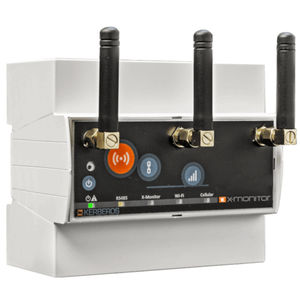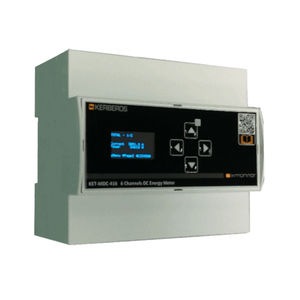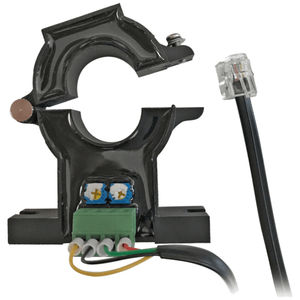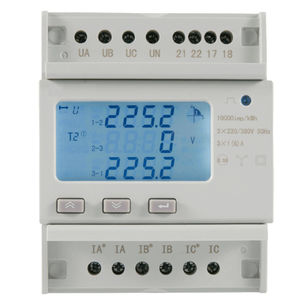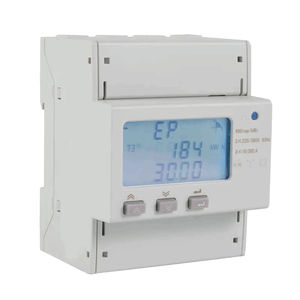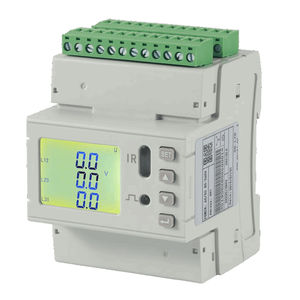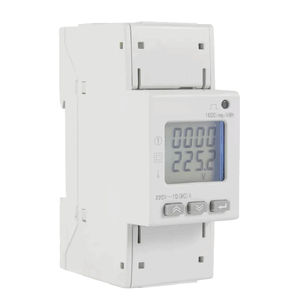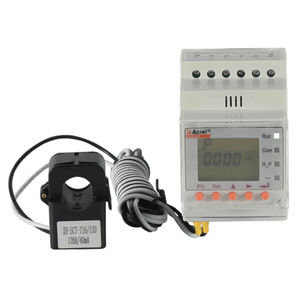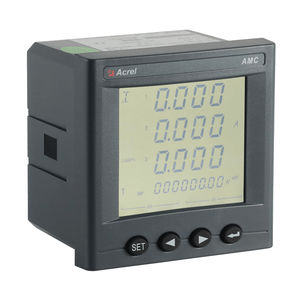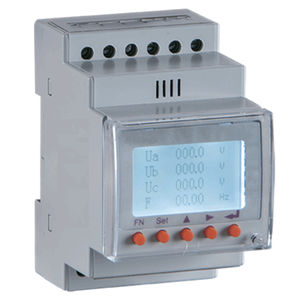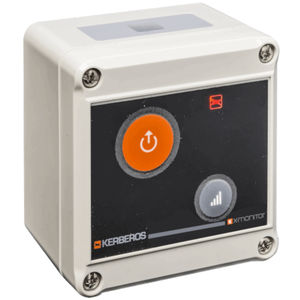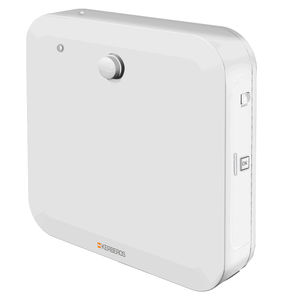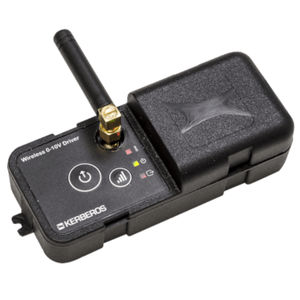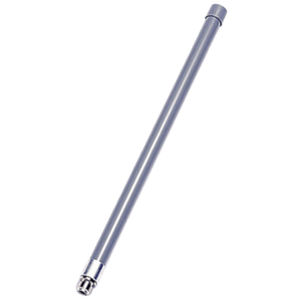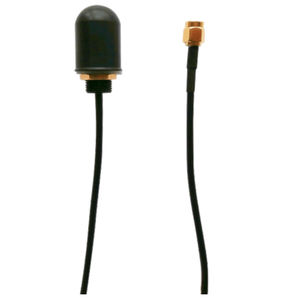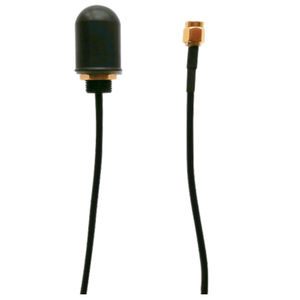
Digital I/O module KET-DDX-410Modbus RTURS4854 digital inputs

Add to favorites
Compare this product
Characteristics
- Signal type
- digital
- Bus
- Modbus RTU, RS485
- Number of inputs/outputs
- 4 digital inputs, 4 digital outputs, 4 relay outputs
- Mounting
- DIN rail
Description
The KET-DDX-410, designed for the realisation of control systems used in building automation, is an I/O module with 4 digital inputs for dry contact (max 30 Hz) and 4 digital SPDT relay outputs type NC C NO with capacity 12 A @ 250 VAC, 12 A @ 24 VDC and maximum peak current up to 100 A.
It is equipped with a 4-LED interface to display the status of each input/output selectable via a handy keypad and an F-RAM memory for maintaining configured parameters in the event of a power failure.
The KET-DDX-410 supports RS485 serial communication with ModBUS RTU Slave protocol. Its DIN-rail mounting and removable spring terminals make it easy to install in any industrial switchboard.
GENERAL SPECIFICATIONS
Degree of protection - IP30
Operating Temperature - -10 ÷ +60 °C
CONTAINER
Dimensions - 53.5 x 90.5 x 61 mm (W x H x D)
Fixing - DIN rail
DIN modules required - 3
Enclosure Type - Industrial
Material - Blend PC/ABS self-extinguishing UL94-VO
POWER SUPPLY
Power Supply Voltage - 12 ÷ 24 VAC/12 ÷ 36 VDC
Consumption - 370 mA
Connector Type - Removable spring terminals
RS485 INTERFACE
Supported Protocols - ModBUS RTU Slave
Isolated - YES
Connector Type - Detachable spring terminals
DIGITAL INPUTS
Channels - 4 digital inputs per dry contact (Max. 30 Hz)
RELAY OUTPUTS
Channels - 4 SPDT relay digital outputs with NC C NO changeover contact
Maximum Switching Voltage - 250 VAC, 24 VDC
Maximum Nominal Current - 12 A
Maximum Peak Current - High-Inrush model: Peak current up to 100 A
Insulation - 1,000 MOhm min @ 500 VDC
Catalogs
KET-DDX-410
1 Pages
Related Searches
- Digital master module
- I O module
- Digital I O module
- RF antenna
- Industrial gateway
- FOUNDATION Fieldbus gateway
- Ethernet gateway
- Serial I/O
- Omnidirectional antenna
- Wireless gateway
- Serial gateway
- Outdoor antenna
- DIN rail I O module
- DIN rail gateway
- IP67 antenna
- WLAN antenna
- Serial I O module
- Electronic meter
- LTE antenna
- Compact antenna
*Prices are pre-tax. They exclude delivery charges and customs duties and do not include additional charges for installation or activation options. Prices are indicative only and may vary by country, with changes to the cost of raw materials and exchange rates.



